We champion a comprehensive ‘whole child’ approach, recognizing the interconnected needs of children and youth worldwide to ensure their safety, well-being, and opportunity to thrive.
We are a collective of passionate individuals and dedicated non-governmental organizations driven by a common purpose: to create lasting positive change in the lives of children and youth worldwide. By prioritizing their essential needs and investing strategically in their future, we are building a brighter world, together.


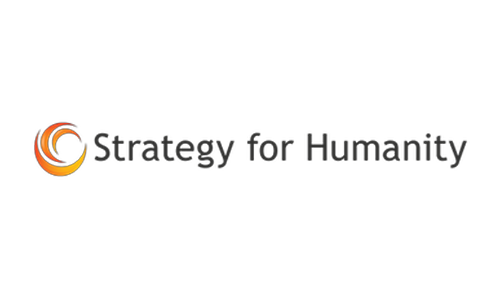




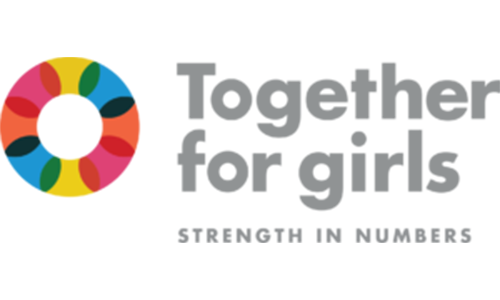



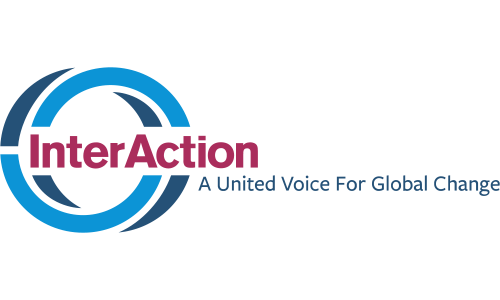
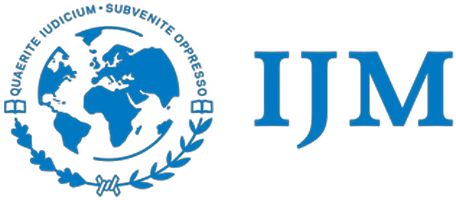
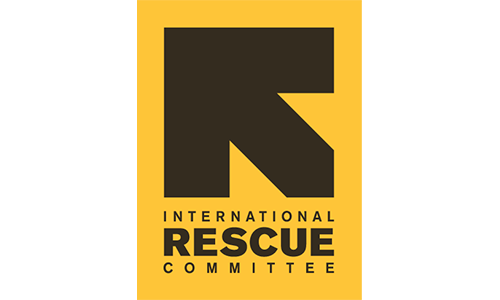










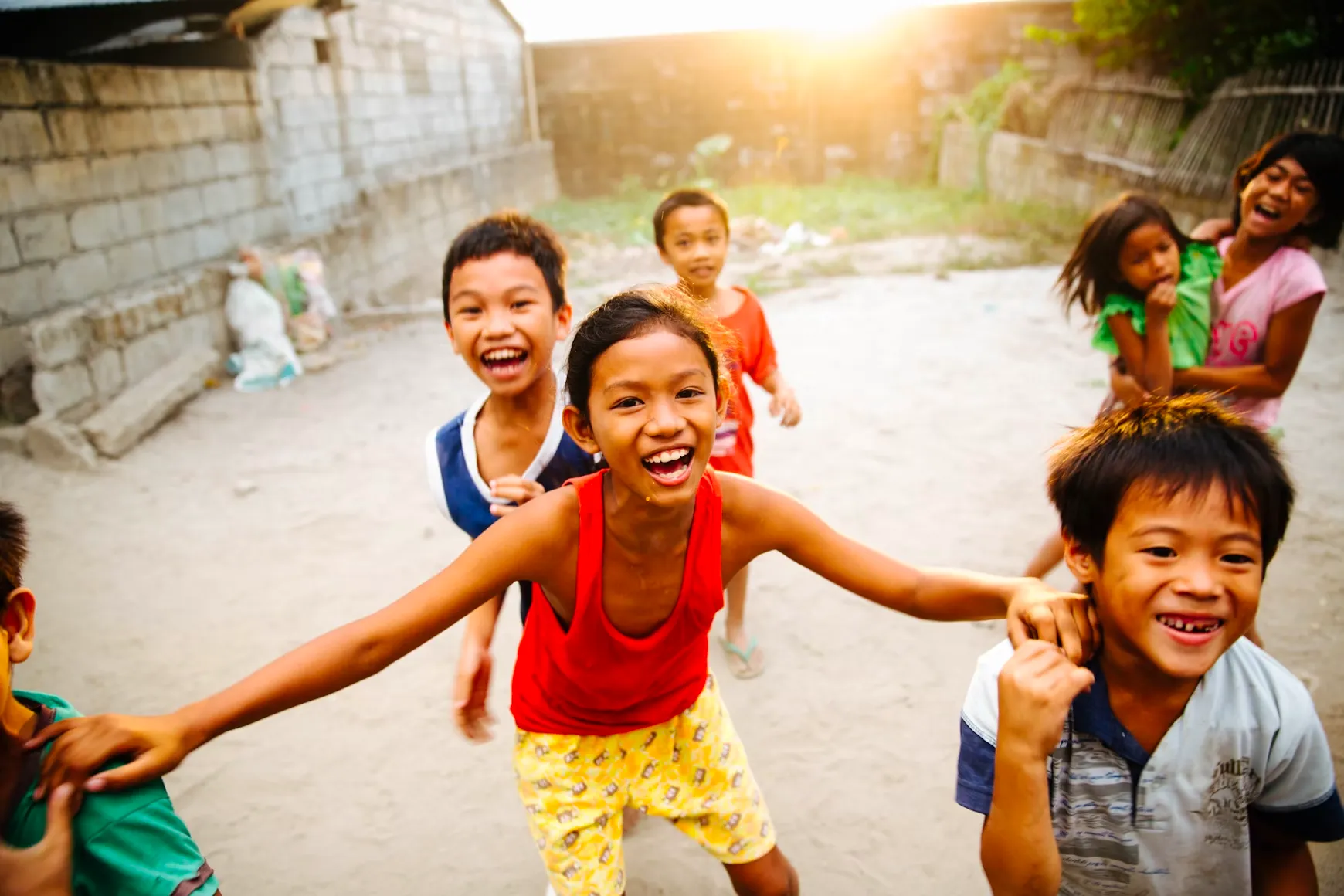


Child Partnership is dedicated to fostering the holistic well-being of children and youth globally. Recognizing the unprecedented challenges they face – from conflict and extreme weather to lack of access to essential services – we advocate for a comprehensive “whole child” approach. We believe that by addressing their interconnected needs, including safety, education, health, and opportunities for growth, we can empower this generation and build a more secure and promising future for all.
Our world is facing a convergence of crises, placing an unprecedented burden on today’s children and youth – the largest generation in history. From conflict and extreme weather to economic instability and health emergencies, their well-being and future are profoundly at risk. Alarmingly, despite the clear benefits of investing in young people, U.S. foreign assistance funding for programs that directly support them has been declining in recent years. The health, well-being, and economic security of an entire generation hang in the balance, demanding immediate and coordinated action.
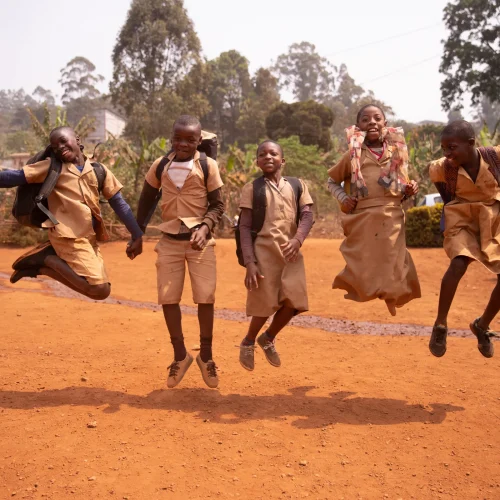
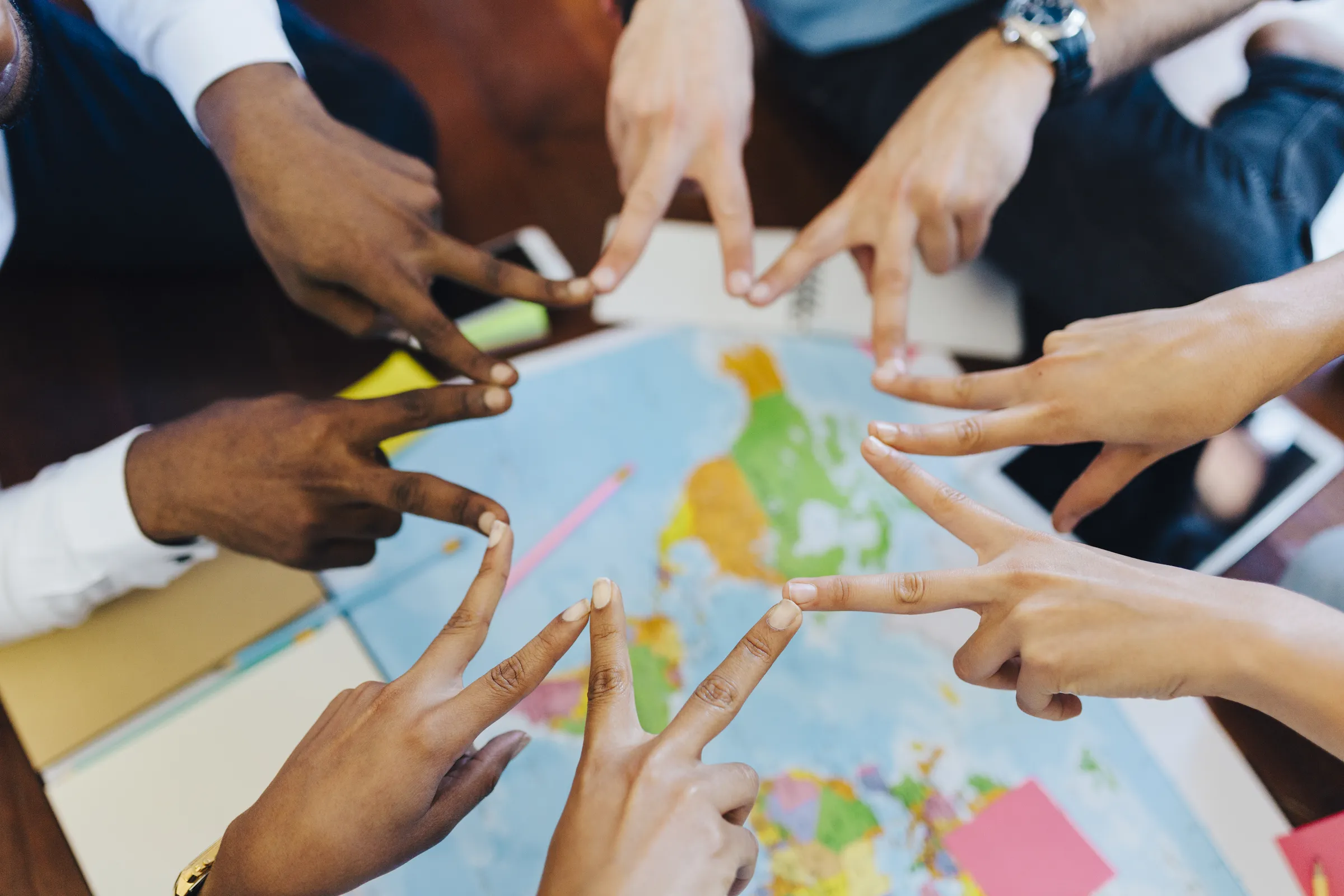
We advocate for a common-sense “whole child” approach in U.S. foreign assistance. This means recognizing the critical and interconnected needs of children and youth everywhere. By addressing their education, nutrition, health, and livelihoods across all life stages, we can ensure they reach their full potential. This approach integrates U.S. programs, policies, and funding, engaging families, schools, and communities as vital support systems.
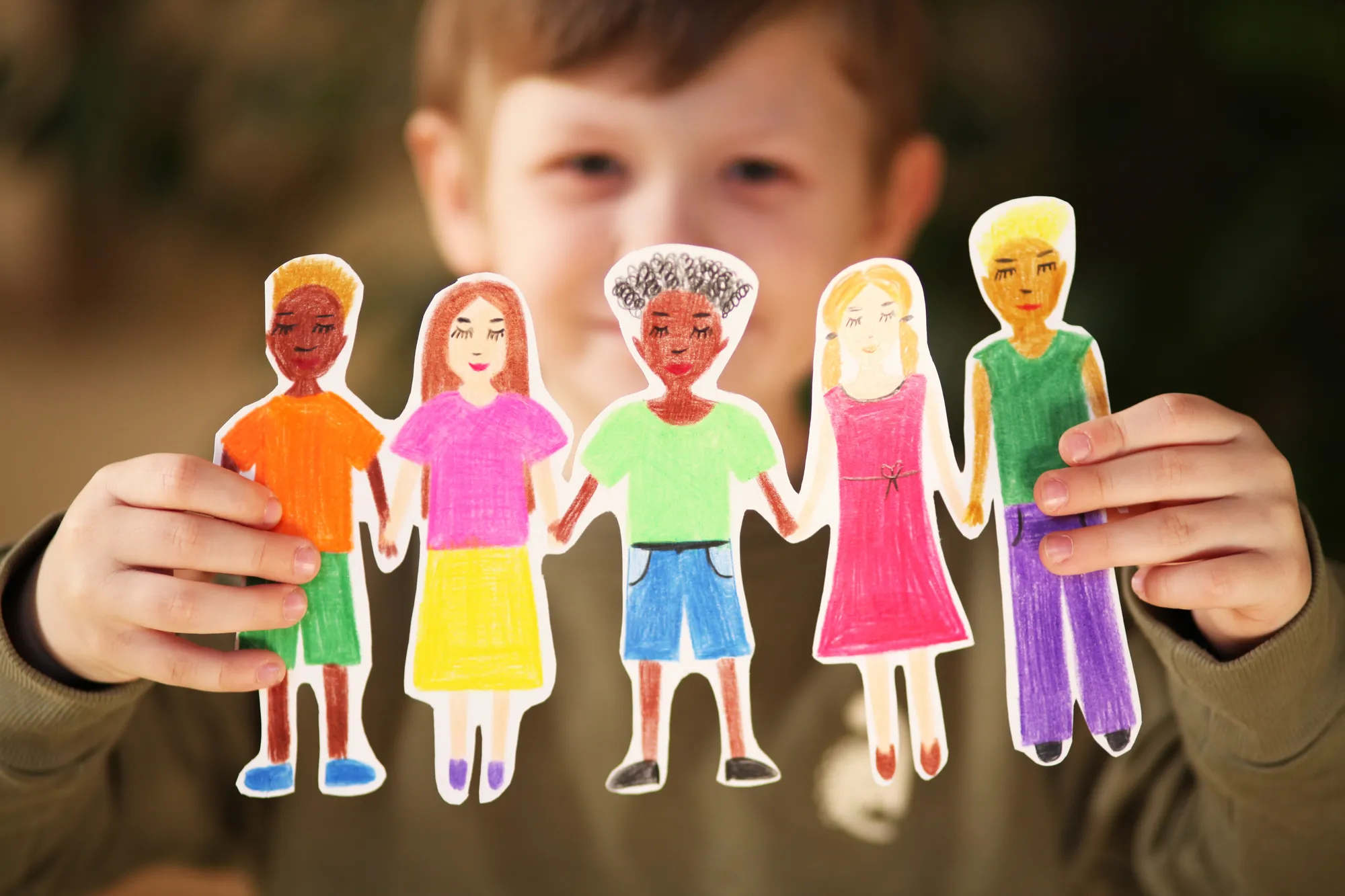
This integrated “whole child” strategy leaves no gaps in the support children and youth receive. By maximizing and coordinating investments, we can ensure that every aspect of a child’s well-being is addressed effectively. This cohesive approach leads to more impactful and sustainable outcomes for young people globally.
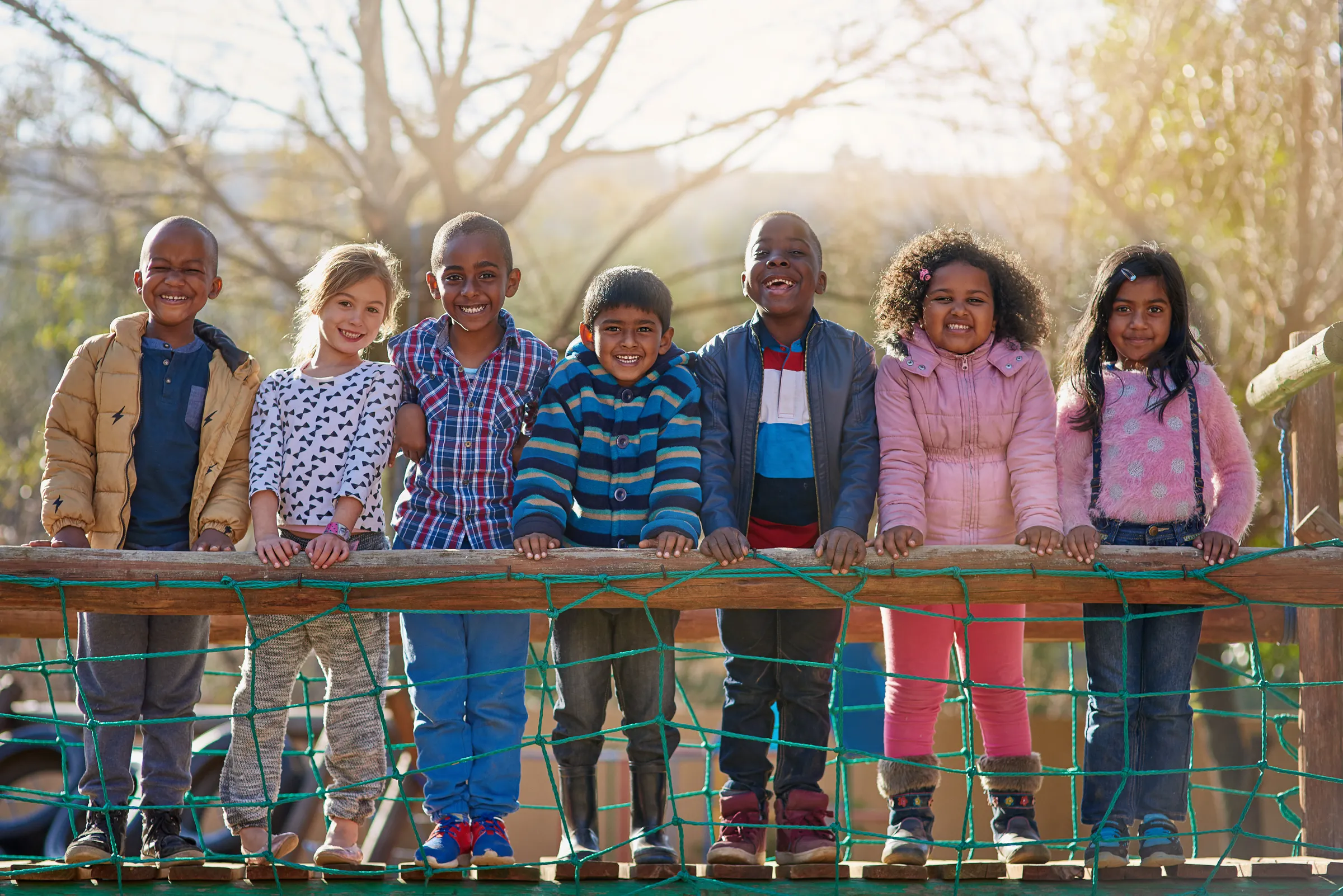
The U.S. government has a long history of impactful work improving the lives of children and youth, contributing to global prosperity and stability. Strong policies, strategies, and dedicated experts are already in place, focusing on various life stages and sectors. The crucial next step is to foster greater policy cohesion across agencies and, importantly, to meaningfully include young people in the decision-making processes that affect their lives.
Read More About Our Solutions One Pager
Today, 16% of the global population—1.2 billion people—are aged 15 to 24. That number is expected to grow by 7% by 2030.
One in eight children globally have been sexually abused, according to meta-analysis research.
Only 0.08% of the U.S. federal budget is estimated to go toward children internationally.
Reports of suspected online sexual exploitation and abuse of children rose 73% between 2019 and 2021.

Congue euismod consectetur, vivamus conubia lacinia tellus. Himenaeos vulputate efficitur venenatis finibus accumsan lacus? Velit tincidunt dis curae ac maecenas rutrum nunc commodo posuere nisi imperdiet auctor id libero.
Congue euismod consectetur, vivamus conubia lacinia tellus. Himenaeos vulputate efficitur venenatis finibus accumsan lacus? Velit tincidunt dis curae ac maecenas rutrum nunc commodo posuere nisi imperdiet auctor id libero.
Congue euismod consectetur, vivamus conubia lacinia tellus. Himenaeos vulputate efficitur venenatis finibus accumsan lacus? Velit tincidunt dis curae ac maecenas rutrum nunc commodo posuere nisi imperdiet auctor id libero.
Congue euismod consectetur, vivamus conubia lacinia tellus. Himenaeos vulputate efficitur venenatis finibus accumsan lacus? Velit tincidunt dis curae ac maecenas rutrum nunc commodo posuere nisi imperdiet auctor id libero.
Congue euismod consectetur, vivamus conubia lacinia tellus. Himenaeos vulputate efficitur venenatis finibus accumsan lacus? Velit tincidunt dis curae ac maecenas rutrum nunc commodo posuere nisi imperdiet auctor id libero.
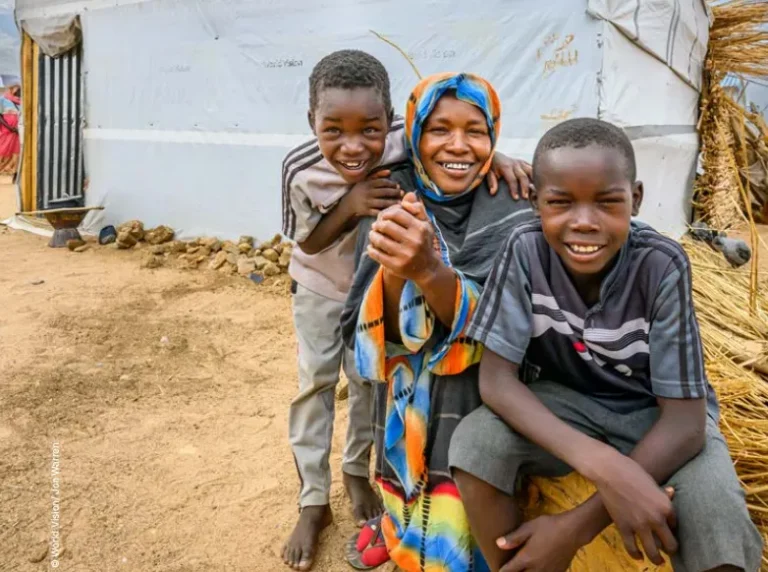
We believe in supporting the whole child—understanding that their safety, well-being, and chance to thrive are all deeply connected. It’s about helping children and youth everywhere grow up healthy, safe, and supported in every way.
© Copyright Child Partnership – All rights reserved.
Notifications